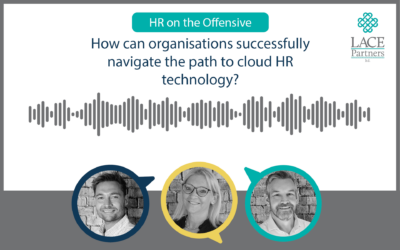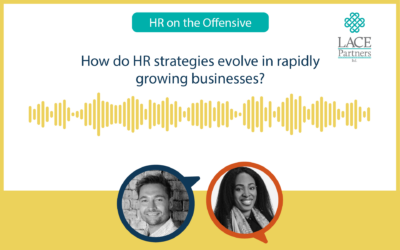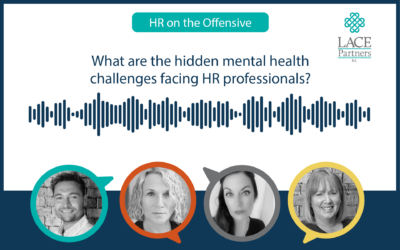In the second of our summer series set of webinars, Chris Horton was joined by Aaron Alburey and Jess Herniman from LACE, as well as Caroline Keefe, as the panel discussed how to drive greater user adoption when you have started to embed a new HR technology platform within your business. The panel discussed some of the human factors involved in influencing greater technology adoption, as well as gave their input on lessons they have learned in the past where a new technology implementation hadn’t quite gone to plan. How do you identify opportunities for maximising your investment? Watch this one hour session to find out.






